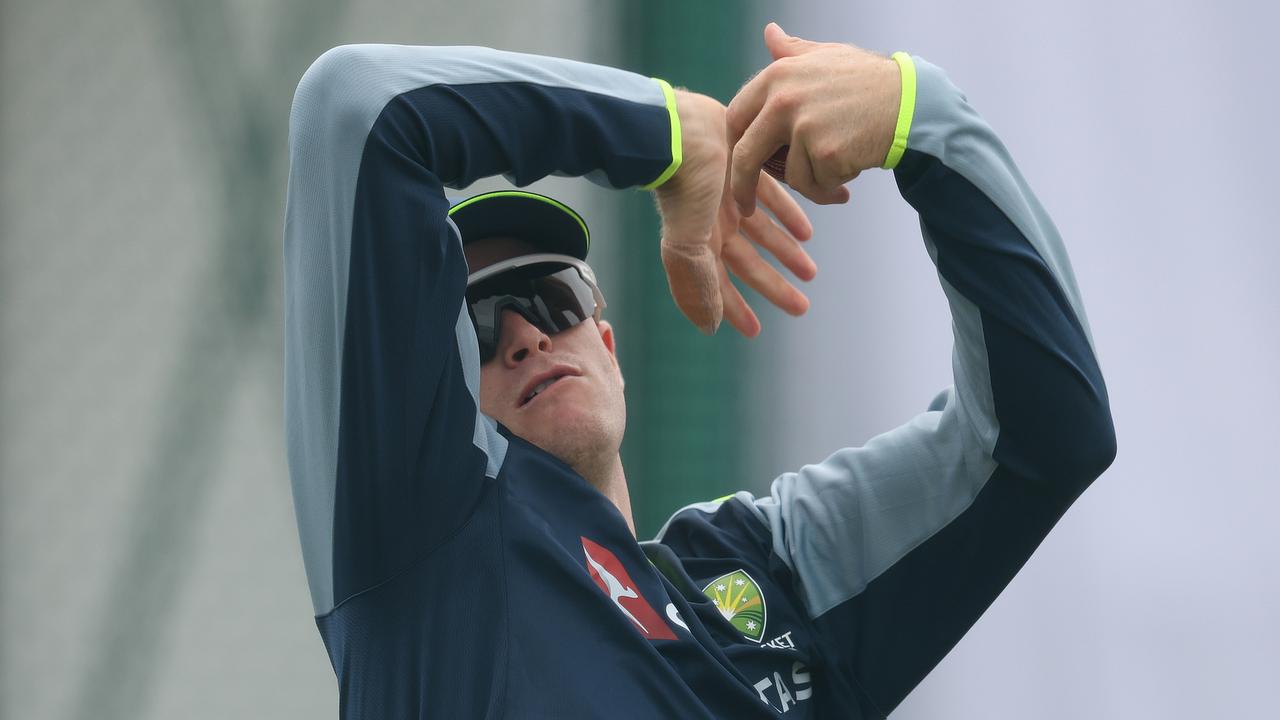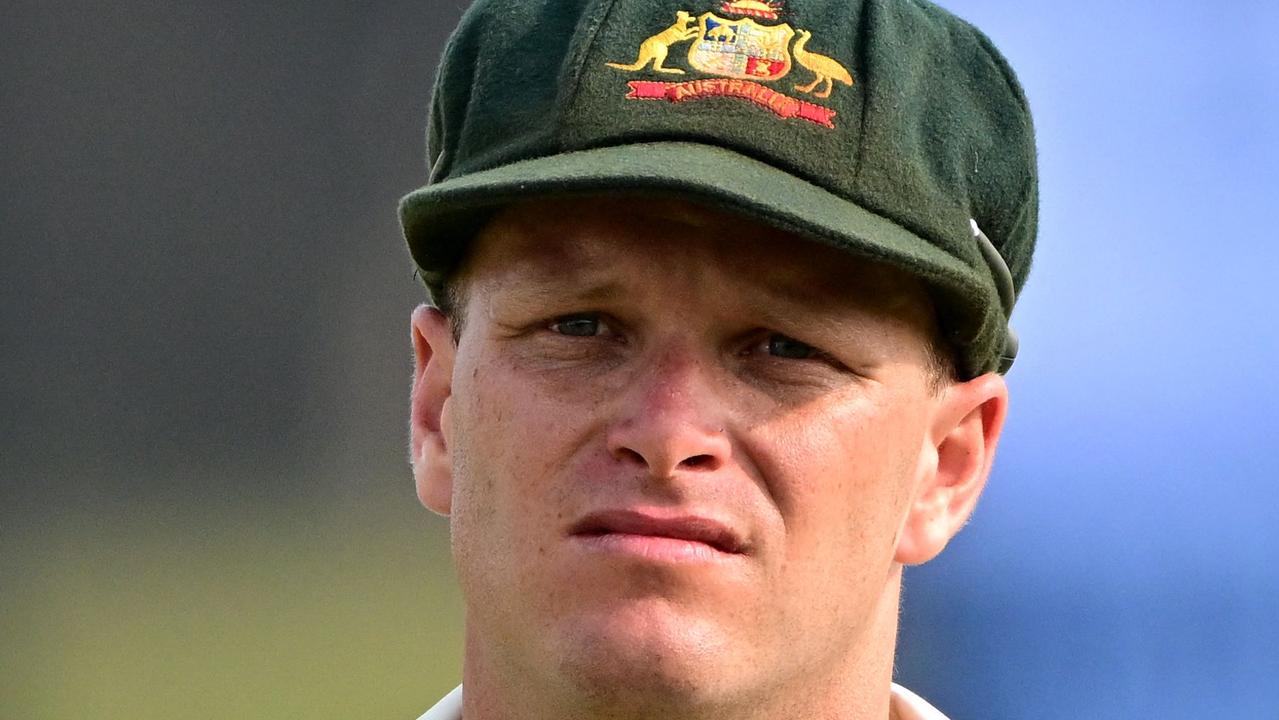Inside Australian cricket’s passion for the baggy green cap and the price that people will pay for a test worn hat
The ‘cult’ that surrounds the baggy green is a relatively recent thing, and a new book delves into Steve Waugh role in promoting that obsession and how a Richie Benaud cap once sold for 50 cents.
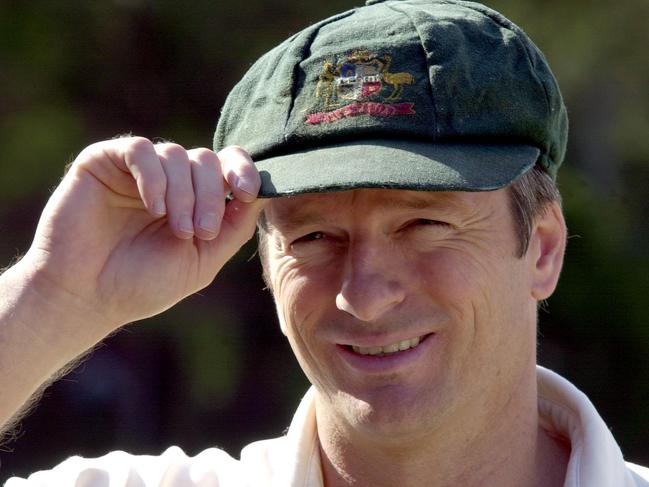
Cricket
Don't miss out on the headlines from Cricket. Followed categories will be added to My News.
Steve Waugh swore he could never sell his baggy green Australian cap and the firmer he stands the more he makes for others who do.
Waugh’s passion for his battered old Australian Test cap is seen as one of the reasons why these once taken for granted, now suddenly iconic caps are seen as much treasured collectors’ items.
It wasn’t always this way according to a new book, The Baggy Green (Gelding Street Press) written by Michael Fahey with Mike Coward, one of Australia’s greatest cricket writers.
The book revealed a story about Richie Benaud recalling how one of his baggy greens was bought for 50 cents in at an opportunity shop at Dee Why in Sydney and later sold at an auction for $10,925 as the baggy green cult exploded.

A new book has brought the baggy green obsession into sharp focus with the most forensic investigation into the commercialisation of the caps ever undertaken.
The book reveals that as of November, 2023, there had been 313 caps sold since the first recorded sale of two Clarrie Grimmett caps for $1200 in 1988.
The book, a worthy tribute to the mystique and iconic status of the cap, claims that from 2008 to 2023 there were 174 caps sold for a total of $3,101,713 for an average of $17,825.
Essentially, the cap of a modestly credentialed Test cricketer will fetch between $5000 and $9000 while the cap of a star can net between $15,000 and $20,000.
And then there’s Don Bradman floating is a stratosphere all by himself. In 2008, Bradman’s cap from the 1948 Invincibles went for $468.913 after selling for $425,000 five years earlier.
The market has some quirks such as the caps of iconic all-rounder Keith Miller’s rising strongly in value.
His 1952-53 cap went for $8700 in 1999 but three years later his 1953 cap brought $35,200 and three years later his 1954-55 cap $40,775 but it is almost 20 years since a Miller cap hit the market.
Another favourite is batting great Victory Trumper who had his 1907 cap sold for $94,000.
Avid historian Steve Waugh once sent his wife Lynn to bid on a Trumper cap but would never sell his own.
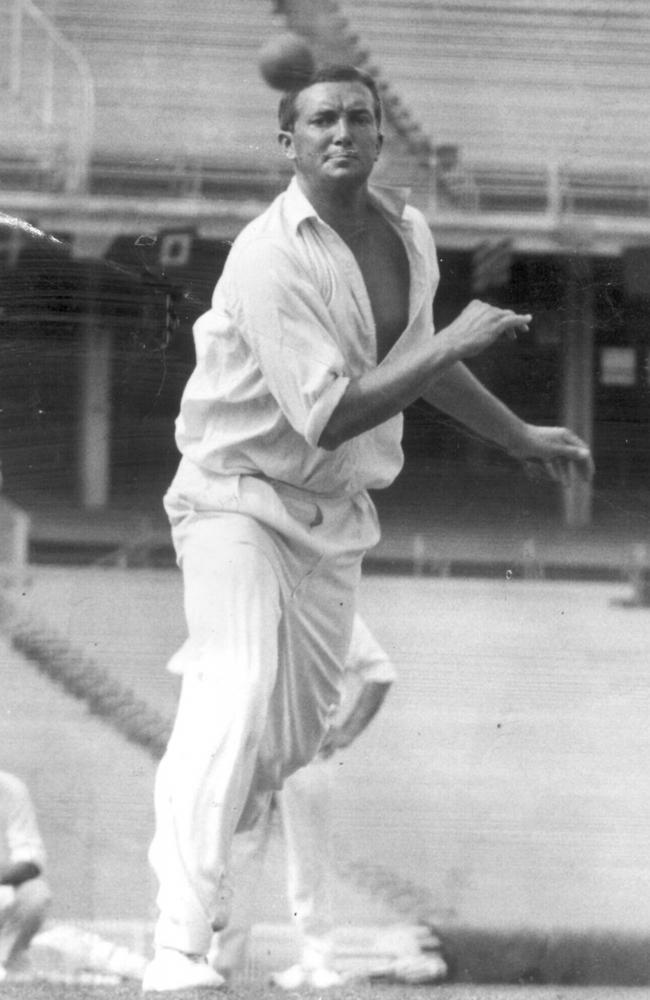
“I don’t consider my cap to be memorabilia,’’ Waugh once said. “It’s something to treasure. It will be passed on to my family.’’
‘The ultimate goal is to wear the baggy green cap. There’s something special about putting that cap on – for me anyway. There’s no way you will catch me wearing a white hat. The cap’s always on my head.’’
Long before his caps became six figure memorabilia items Bradman would occasionally give them away – one to his neighbours, the Dunhams, another to golfing friend Jack Bahan and another to Edgar Truscott who helped Bradman with his banking during the 1948 tour of England.
The commercialisation of the baggy green has upset some former captains including Ian Chappell.
‘There’s only one way you get a slouch hat and one way you get a baggy green. You play or you fought,’ Chappell said,
“And I would never wear a slouch hat because I never fought. A lot of what goes on with the baggy green is for commercial reasons and I have a major problem with that.’’
“‘Playing for Australia was really important, not the cap. I don’t ever remember having one discussion about the cap during my playing days.’’
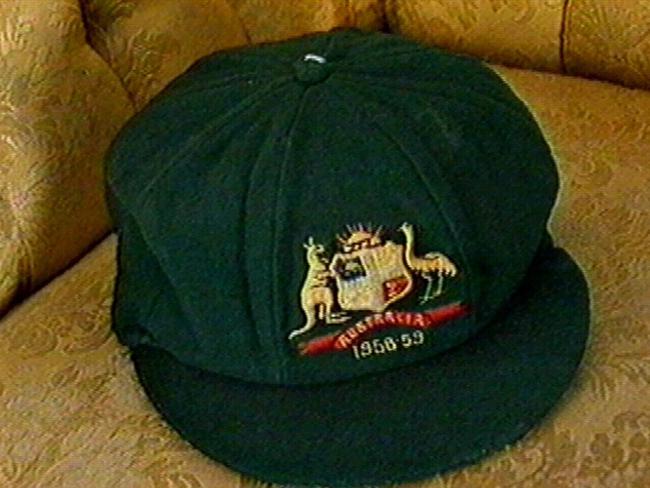
The book also discusses the quirky salutes to the baggy green such as colourful off-spinner Colin Miller having the image of the cap tattooed on his backside.
Michael Clarke has his baggy green number etched in Roman numerals across his back while Michael Slater, Mark Waugh, Michael Clarke and Ricky Ponting all have their cap numbers tattooed on their bodies.
The cult of the baggy green took off during the Mark Taylor-Steve Waugh captaincy eras with special presentations, each player given a number and the tradition of starting each Test with every player wearing their baggy green in the first session.
Much-admired former Test opener Bill Brown, a huge favourite of Waugh’s, was quoted in the book at how the baggy green obsession caught him off guard.
“In my day they were just cricket caps and flung into our bags,’ Brown said.
“They were just part of the attire and not regarded much higher than your boots and treated much the same. We didn’t look after them. Undoubtedly, if I had my time over again I would treat them with greater care. I’m sorry now, but it was my fault.’’
Originally published as Inside Australian cricket’s passion for the baggy green cap and the price that people will pay for a test worn hat



